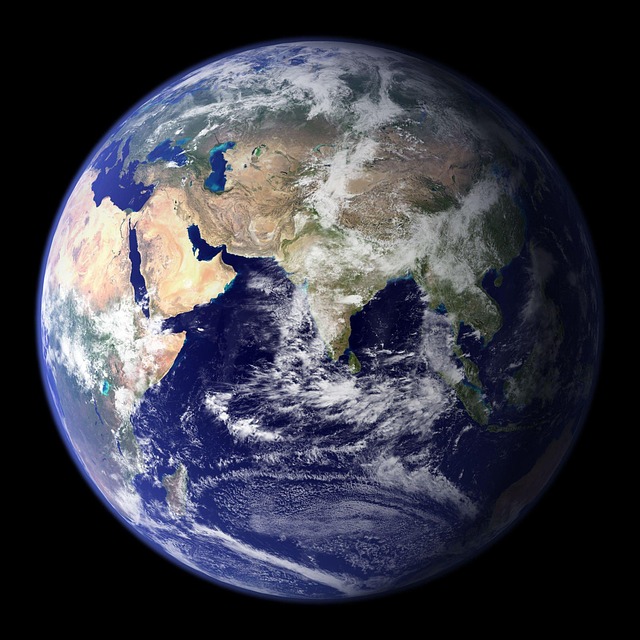Mastering Object Distance: A Photographer’s Guide to Optics in Layers
In the realm of photography, every image tells a story shaped not just by the subject but by the intricate play of optics and the layers that compose the final frame. Central to this narrative is the concept of object distance, a seemingly technical term that holds the key to unlocking depth, clarity, and emotion in your shots.
Imagine standing behind a camera, eye pressed to the viewfinder, ready to capture a moment. The way you perceive layers — from foreground elements to background scenery — depends largely on how you manage object distance. You’ve likely felt that magical alignment when the subject stands just the right distance from the lens, making every detail crisp and every backdrop beautifully blurred. This feeling is no accident; it’s the result of understanding how to manipulate optics through layer consciousness.
Why Object Distance Matters in Photography
At its core, object distance is the space between the camera’s lens and the subject you’re photographing. This distance determines focus, depth of field, and the interaction between different layers within the frame. For photographers, mastering this variable means more than just achieving sharpness — it’s about crafting layers that guide the viewer’s eye and evoke emotion.
Think about a landscape photo where the mountains in the background complement the flowers in the foreground. Each layer interacts distinctly based on how far objects are from the lens. Managing these layers requires an intimate understanding of object distance to balance clarity and artistic blur (bokeh), enhancing the story your photo tells.
Leveraging Camera Optics to Control Layers
Your camera isn’t just a device for capturing light; it is a sophisticated tool that shapes how layers within a scene come alive. The optics, including lens type, aperture, and sensor size, all play a role in how object distance affects the final image.
- Lens choice: A wide-angle lens exaggerates distance between layers, enhancing the sense of depth, while a telephoto lens compresses distances, making layers appear closer.
- Aperture settings: Wider apertures (smaller f-numbers) create shallow depth of field, isolating objects at a specific distance and blurring others, perfect for portrait photography.
- Focus mechanics: Precise focus on the subject based on object distance ensures clarity in the intended layer, while other layers softly recede.
Practical Tips for Mastering Object Distance in Your Shots
To truly master the art of layers through object distance, consider the following approaches:
- Experiment with positioning: Move closer or further from your subject to see how object distance shifts the perception of layers.
- Understand your lens capabilities: Know the minimum and maximum focusing distances to optimize sharpness in your photos.
- Play with aperture settings: Adjust apertures to control how sharply each layer is rendered, creating powerful visual narratives.
- Use manual focus: When automatic focus struggles with complex layers, manual control allows precise adjustments based on object distance.
- Incorporate foreground objects: Layer your composition by including elements at varied distances to add depth and interest.
Embracing the Art of Layers Through Object Distance
Photography is more than just capturing a moment; it’s about shaping how that moment feels. By mastering object distance, you engage with the layers that define the spatial relationships in your images. This awareness transforms the way you see through your camera lens, turning ordinary scenes into extraordinary stories.
Whether you’re snapping candid portraits or vast landscapes, respecting the science of optics and object distance empowers you to bring your creative vision to life—one layer at a time.



